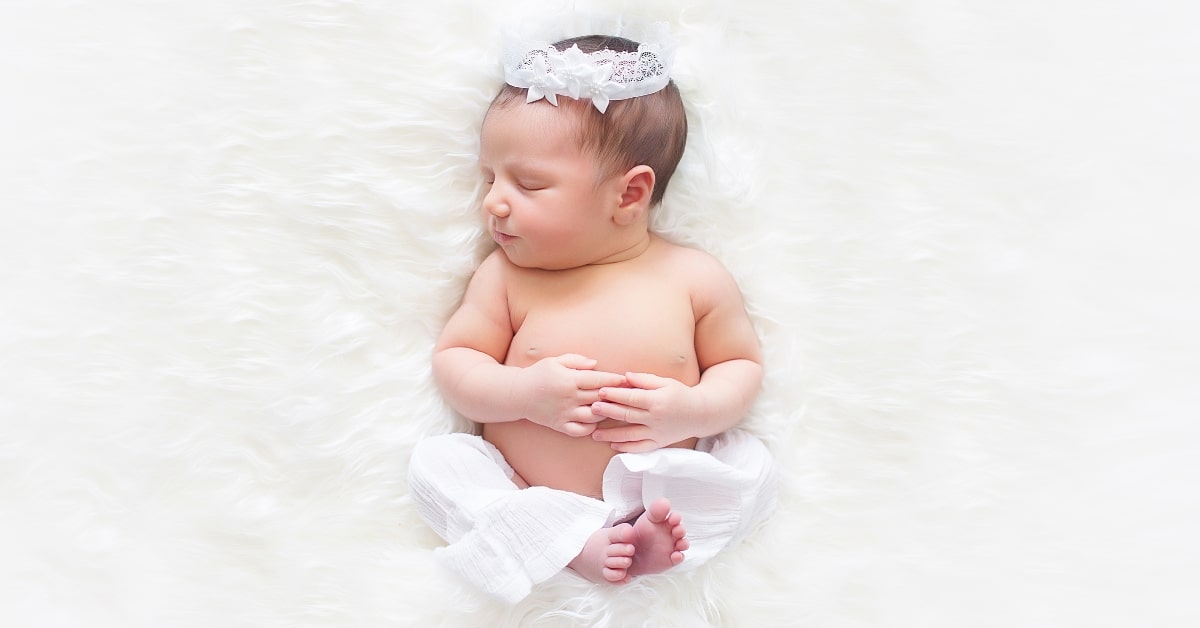Newborn photography holds a special place in capturing the innocence and beauty of a newborn’s early days. The process of retouching these precious images requires a delicate balance between enhancement and preservation of the newborn’s natural features. Let’s delve into various effective methods of newborn retouching to ensure beautiful and authentic portraits.
1. Gentle Skin Retouching
- Purpose: Soften skin tones, address minor blemishes, and maintain the natural texture of the baby’s skin.
- Method: Use soft brushes, low opacity adjustments, and selective retouching to enhance without over-editing.
2. Color Correction and Toning
- Purpose: Achieve a harmonious color palette that complements the newborn’s features and surroundings.
- Method: Adjust color balance, saturation, and tones to create a cohesive and pleasing color scheme.
3. Subtle Exposure Adjustments
- Purpose: Fine-tune exposure to ensure optimal brightness without losing details.
- Method: Adjust exposure, contrast, and highlights to create a well-balanced image.
4. Detail Enhancement
- Purpose: Highlight and enhance specific details such as eyes, fingers, or toes for depth and clarity.
- Method: Use sharpening tools or targeted adjustments to bring out finer details without over-sharpening.
5. Background Refinement
- Purpose: Ensure a distraction-free background that keeps the focus on the newborn.
- Method: Employ cloning or healing tools to remove distractions or imperfections from the background.
6. Natural Hair Retouching
- Purpose: Enhance the appearance of the baby’s hair without compromising its natural look.
- Method: Use gentle techniques to remove stray hairs, soften flyaways, and subtly enhance hair texture.
Methods of Retouching Workflow
- Assessment and Planning: Review the image, identify areas for improvement, and plan the retouching process accordingly.
- Non-Destructive Editing: Work on duplicate layers or use adjustment layers to ensure the original image remains intact.
- Selective and Targeted Retouching: Focus on specific areas requiring enhancement rather than applying global adjustments.
- Consistency and Cohesion: Maintain a consistent style and approach throughout the editing process for a cohesive final look.
Benefits of Effective Retouching Methods
- Authenticity Preservation: Effective methods ensure that the newborn’s natural features remain intact while enhancing overall aesthetics.
- Efficiency and Precision: These methods facilitate efficient and precise retouching, ensuring a polished final image.
- Artistic Enhancement: By employing these methods, photographers can artistically enhance newborn portraits without sacrificing authenticity.
FAQs
How can I ensure a natural look in newborn retouching?
Use gentle and subtle adjustments, avoiding over-editing to preserve the newborn’s natural appearance.
Are there specific tools required for effective newborn retouching?
Various tools in editing software like brushes, healing/cloning tools, and adjustment layers are essential for effective retouching.
Is it necessary to retouch every aspect of a newborn photo?
Focus on enhancing key elements while embracing the natural beauty of the newborn. Not every detail requires retouching.
Can effective retouching methods be applied to all types of newborn portraits?
Yes, these methods are adaptable and can be tailored to suit different styles and types of newborn photography.
How can I maintain consistency in my retouching methods?
Establish presets, create a standard workflow, and practice to maintain a consistent and recognizable style.
Conclusion
Effective newborn retouching methods emphasize the delicate balance between enhancement and preservation of a newborn’s natural features. By employing these techniques with a gentle touch and attention to detail, photographers can create timeless and captivating portraits that beautifully encapsulate the essence of a newborn.
This page was last edited on 5 March 2024, at 3:34 pm
